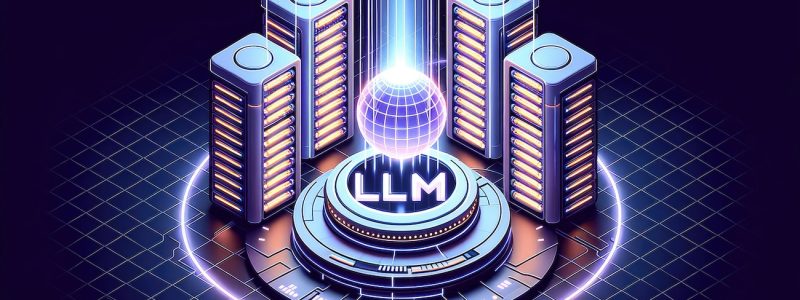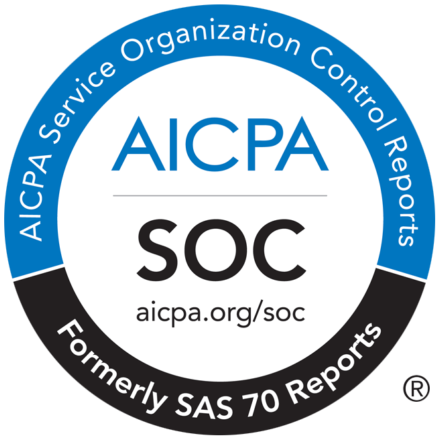Key Takeaways
- Large Language Models: Large language models are complex AI systems that can process and generate almost human-like text. Examples include ChatGPT, Claude, and Gemini. They have several applications in writing, translation, and question-answering; however, they need to improve on some aspects.
- Limitations of GenAI: GenAI can inherit biases and factual errors from their training datasets. They also require substantial computational resources, raising concerns about environmental impact and, more importantly, the ethical considerations of information privacy.
- AI Governance: AI governance mitigates potential organizational risks, including bias, privacy, and lack of accountability. Copyleaks’ GenAI Governance is one tool through which organizations can manage AI-generated content responsibly.
- AI Privacy Risks: Personal information may be contained within the trained data, and AI output potentially releases sensitive details. GenAI can be misused for deepfakes or hijacking people’s data by ill-minded entities.
Understanding The Age of AI
Over the last year, the discussion around generative AI has gone from a whisper to an outright roar as it evolves and integrates into our daily lives more and more. Yet, as much as we hear about genAI, not many of us know what it is. Or, at the very least, we may need help understanding the terminology.
At Copyleaks, we get a lot of requests for clarification, ranging from students and school faculty to small business owners and marketing leaders. Questions such as, “What is an LLM?” or “What is ChatGPT?”
While these questions might seem obvious to some, not everyone is seeped in the tech world. So, to help shed some light on the matter, we compiled a few of our most asked clarifying questions and decided to answer each one to educate those who want to know more about this age of AI we’re now living in.
What is an LLM?
LLMs are high-level, specially developed AI that understands and generates human-like text based on input data. The architecture makes such models very good at long-range dependencies and contextual relationships concerning text, which has proven quite effective in text generation, translation, summarization, and question-answering applications. Examples of popular LLMs include OpenAI’s ChatGPT series, Google’s Gemini, and Antropic’s Claude.
What is ChatGPT?
ChatGPT is an advanced conversational AI developed by OpenAI based on the Generative Pre-trained Transformer (GPT) architecture. Specifically, it leverages versions of the GPT-3 and GPT-4 models designed to understand and generate human-like text. ChatGPT can maintain detailed, coherent conversations about many topics and respond with contextually relevant and informative responses. Like all LLMs, this is made possible through in-depth training on a large bulk of text, from which the AI learns the patterns, context, and nuances of human languages.
Nevertheless, though advanced in its abilities, ChatGPT has certain limitations. For example, sometimes it hallucinates, generating wrong information and reflecting biases from the training data; therefore, having proper guardrails to monitor content generated from ChatGPT is crucial to avoid potential risks such as copyright infringement, plagiarism, and misinformation.
What is Claude?
Claude is an LLM from Anthropic that is potentially named after Claude Shannon, the father of information theory. Claude can self-generate human-like texts, detect context, and answer inquiries to various prompts. The architecture of Claude follows principles relatively similar to those of the other LLMs, with a specific focus on safety and alignment so that its outputs are more reliable, accurate, and ethically sound.
Yet even with this focus on safety, the risk of AI hallucinations remains, reinforcing the need for tools, like Copyleaks’ AI Detector, to establish guardrails, help identify AI text, and mitigate risks.

What is Gemini?
Gemini by Google is a large language model and artificial intelligence system built by Google DeepMind. Officially announced in December 2023, Gemini is a multimodal AI that understands and processes various input types, including texts, images, audio, and videos.
There are three variants of Gemini: Gemini Ultra, Gemini Pro, and Gemini Nano. Google has fitted numerous products and services with Gemini, including its Pixel phones and Chrome web browser, in an effort to create better, wide-ranging AI experiences throughout its ecosystem.
What is AI Governance?
AI governance is the ensemble of policies, regulations, and ethical frameworks that guide responsible AI development and use. It engages with pressing issues such as algorithmic bias, privacy concerns, accountability, and others relating to AI’s societal implications. Proper governance demands cooperative effort from governments, industry, academia, and civil society in setting standards, institutes of oversight, and encouragement from ethical AI research and applications.
Tools like Copyleaks’ GenAI Governance are designed to offer essential services in managing genAI adoption, including detecting AI-generated text and maintaining originality while ensuring compliance with the institution’s policies on using AI. Such technologies provide practical means within the broader AI governance ecosystem for organizations to confidently adopt and execute genAI while keeping transparency around how the technology is utilized.

What Are The Privacy Risks of Using GenAI?
There are several privacy risks associated with genAI. AI models are pre-trained on enormous amounts of data, some of which can be personal or sensitive in nature. It has been shown that, sometimes, these systems produce outputs that leak proprietary information from their training datasets, inadvertently making very private information from those who never had any contact with the AI.
Another crucial risk is using GenAI intentionally against private data, such as creating deepfakes or building and profiling personal information from minimal input data. Model inversion attacks, where adversaries attempt to reconstruct meaningful training data from the model itself, further increase this risk. With the rising mass adoption of GenAI, robust solutions for protecting data and enforcing policies have become crucial for mitigating such risks.
What Are Deepfakes?
Deepfakes are artificially intelligent media created with deep learning techniques. These technologies can create audio, video, or images of real people saying or doing things that never occurred. This term is derived from “deep learning” and “fake,” which, to some extent, reflects the AI-driven nature of this content manipulation.
Deepfake technology generally involves training AI models on existing footage or audio of a person and using the same model to create new content featuring that person’s likeness or voice. This ranges from applications placing a person’s face onto an actor’s body in a movie scene to creating fake videos of politicians or celebrities making inflammatory statements. Deepfakes pose increasingly sophisticated challenges to media authenticity, personal privacy, and integrity of information in the digital age when technology is refined and highly available.

What Are The Limitations of GenAI?
Although LLMs offer robust capabilities, they have limitations. For starters, LLMs can project and emphasize biases that exist within the training data, resulting in output that may be biased or inappropriate. Occasionally an LLM can produce results that are factually incorrect, known as AI hallucinations. Additionally, as LLMs emerge and their use is optimized in different industries, there are several ethical considerations to be aware of, like information privacy and potential social consequences. Furthermore, on account of the high level of computational resources needed to power AI models, there are several concerns around the environmental impact genAI is potentially having.


